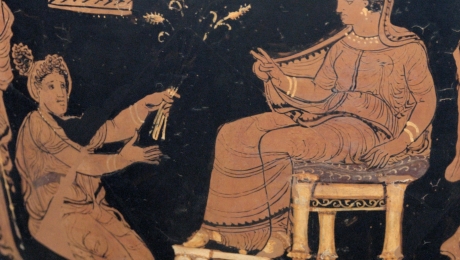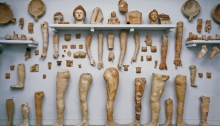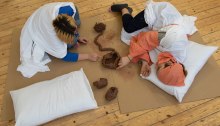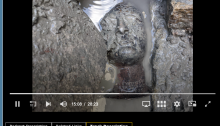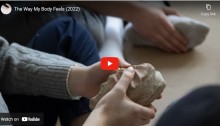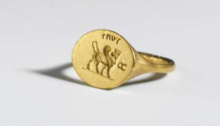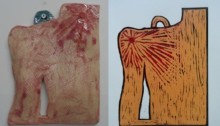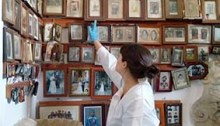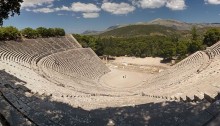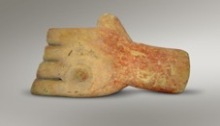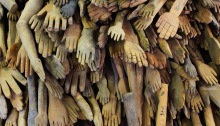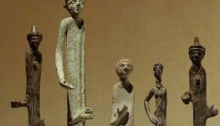About us
The Votives Project is a network of people from different backgrounds who study, create or use votive offerings or other related ways of communicating with the divine. It aims to facilitate dialogue between academic disciplines, and between academics and religious ‘practitioners’, and in doing so to develop rich cross-cultural and multi-period understandings of votive material and contexts. If you would…
